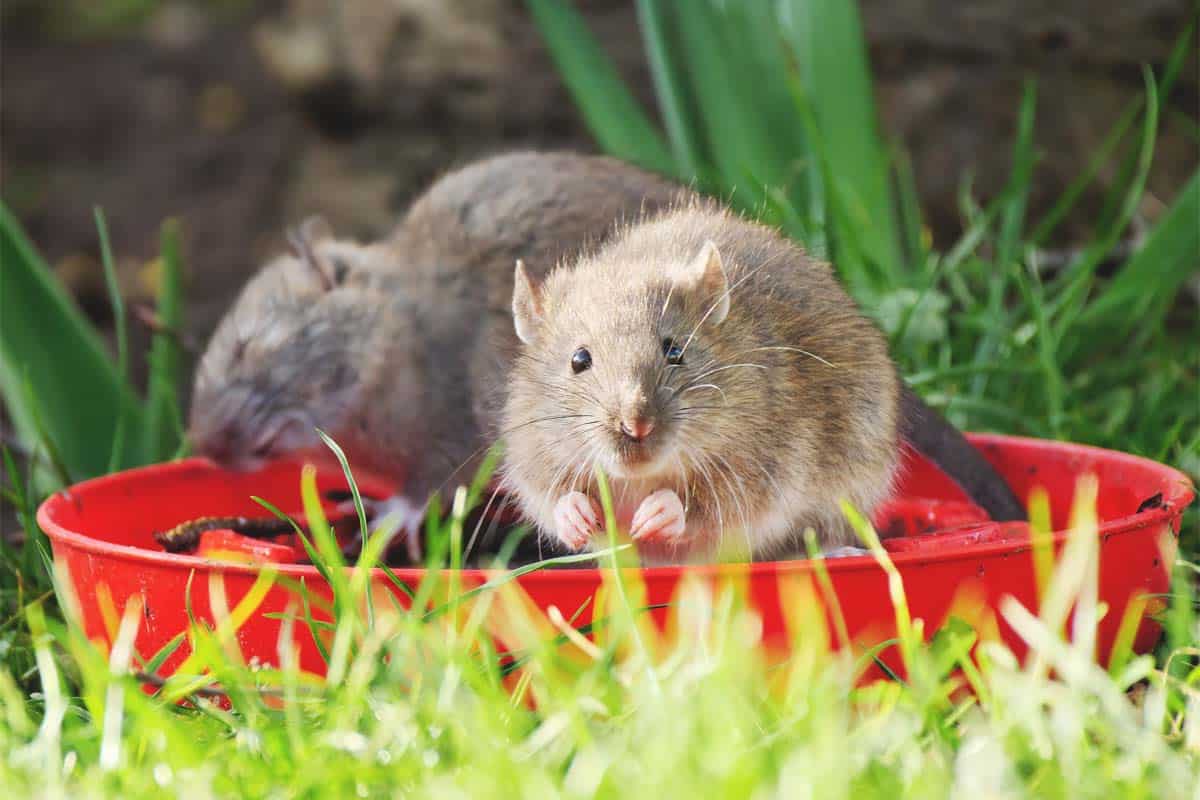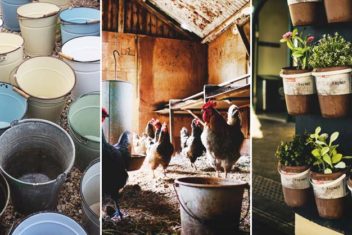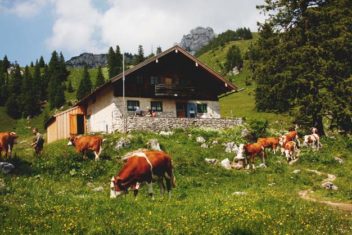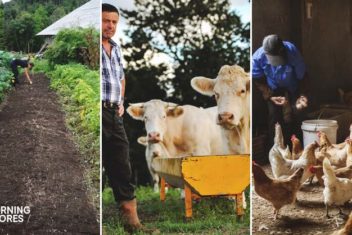When you think about the most common homestead intruders – like coyotes, foxes, and hawks, for example – it can be tough to appreciate the role that these creatures play in the local ecosystem.
However begrudgingly you want to admit it, though, the fact of the matter is that these animals are valuable in a healthy environment.
It’s really difficult, though, to say the same thing about rats.
From the roof rat to the Norway rat and every other kind of rat in between, there is little to love about these destructive rodents. Not only are they difficult to get rid of once they set up shop on your farm, but they can cause a long list of problems for you, too.
If you’re ready to take control of your homestead, consider these tips for preventing rats on the farm.
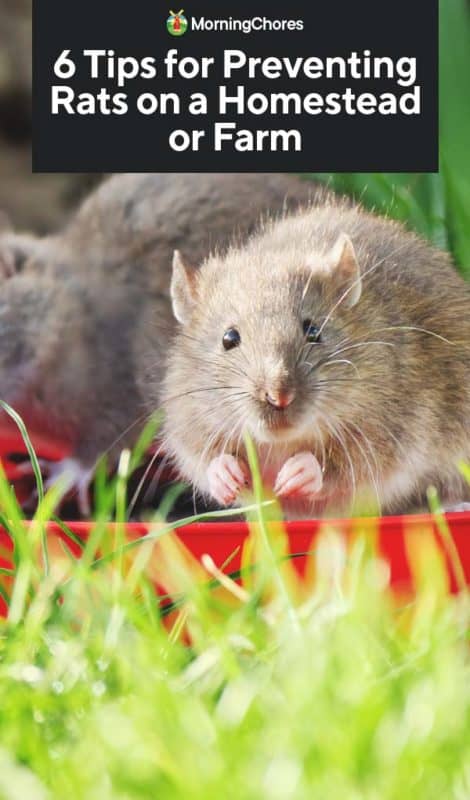
Why Rats are Problematic and Preventing Rats are Crucial
1. Food Waste
One of the biggest issues with a population of rats is their ability to totally decimate a farm’s food stores. It’s estimated that rats and mice together either eat or spoil up to twenty percent of the world’s food supply with their feces and urine.
2. Disease
When you think of the damage that rats can cause, it’s almost impossible to ignore the potential that these pests have to spread diseases.
While the most infamous diseases carried and transmitted by rats include the bubonic plague and rabies, some of the other diseases that these pests can spread include:
- Leptospirosis
- Rat-bite fever
- Salmonellosis
- Tularemia
- South American arenaviruses (a category that includes several dangerous illnesses)
- Omsk hemorrhagic fever
- Hantavirus pulmonary syndrome
- Lassa fever
- Lymphocytic Chorio-meningitis
And those are just the diseases that people can get. There are tons of other illnesses that can be spread to your livestock and cause serious, irreversible health problems.
3. Property Damage
Beyond the damage to your livestock and food inventory, rats can also cause some serious property damage, they gnaw on mechanical, structural, and even electrical components. This can cause the value of your structures to diminish over time, and it can even lead to fires.
Plus, since rats burrow, they can easily damage concrete walkways, slabs, and foundations.
4. Loss of Product
Rats cause all kinds of damage, as you’ve likely gathered from the information above. That damage extends beyond the simple loss of profit when it comes to spoiled grain and structural damages in buildings, though.
Rats have been known to interfere with crop harvests and to cause serious illnesses in livestock. That can mean a serious dent when it comes to your overall profit and your ability to feed yourself and your family – you’re going to experience some loss of product. While facing all this, it makes sense to go all out in preventing rats.
Tips for Preventing Rats on the Farm
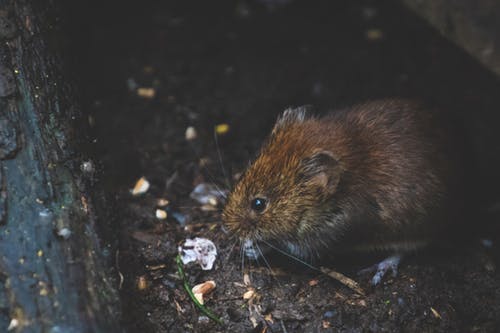
1. Know the Signs of Infestation
While preventing rats is the best goal to work towards, you need to be aware of what the signs of a rat infestation are. Typically, the first sign of a rat infestation is seeing the rat itself – but often, that means the infestation has progressed to the point where it is going to be difficult to reverse it.
If you can detect other signs of infestation first, you’ll be much better positioned to get rid of the problem for good.
Rats are active primarily at night, so if you see them several times during the day, that’s bad news. It means that they are moving out of their shelters because they are crowded. A general rule of thumb is that for every rat you see during the day, you have at least twenty more that you haven’t seen.
However, you might notice other preliminary signs of infestation like rat droppings or urine stains. You may also see rat “runways” or gnawed holes. Sometimes, you might be able to see greasy marks on the barn walls where rats recently ran past.
2. Clean Things Up
One of the first steps in getting rid of rats on the farm is cleaning things up. Good sanitation will not only prevent rats, but it can help get rid of an infestation, too. Make sure any potential source of nesting material, food, and water is eliminated.
Take the time to clean up any debris or trash around your farm. Rats love junk piles, and they also love tall vegetation.
Keep your grass mowed short and maintain a three-foot space around all of your buildings – that means no brush, weeds, or trash. As a side note, this will also help reduce the likelihood of barn fires, so you’ll be doing double-duty with your clean-up.
You should also clean up any sources of standing or open water, like leaking pipes or dripping faucets.
Getting rid of nesting material is especially important, and it’s key to remember that what might not be considered nesting material by you could very easily be considered perfect fodder by an opportunistic rat. Anything from woodpiles to garbage may need to be eliminated.
3. Use Rodent-Proof Feed Canisters
Rats aren’t the only critters that like to get inside feed supplies – mice, raccoons, and other animals are prone to making a mess of your grain – so it’s important that you design a food storage system that will keep everybody out.
While lots of farmers like to provide their animals with free access to feed – and this is actually a very effective way to help your animals put on weight – you need to be careful of doing this if you know you have a rat infestation. The rats won’t hesitate to help themselves!
Feed small amounts and clean up spilled food. Store all feed in airtight, lockable containers, ideally those made out of some kind of metal. Rats can easily chew through plastic and can get through grain bags even easier.
4. Get Some Cats
Stop by any large farm, and you’ll probably notice a cat or two (or half a dozen!) on site. Both indoor and outdoor cats are skilled rat-hunters and will do a good job of hunting down the unwanted rodents on your property.
5. Add Some Traps and Bait
Use caution in adding traps and baits to get rid of the rats on your farm. Some of these are potentially toxic, so you’ll want to be careful about where you use them. Try some of the other options that we mentioned first before you resort to this step.
Otherwise, remember that rats have a home range of no more than 100 feet, so if you see a rat, you should place a trap close by where you saw it. You can use snap traps, glue boards, or live traps, or you can use a boating program. You can bait your traps with peanut butter, meat, cheese, or whole nuts.
Manual traps tend to be a lot safer than baits, which are chemically-based and can be toxic to pets and livestock. These are known as rodenticides and can be sold in the form of tracking powders, concentrates, pellets, or bar baits. Use a ready-to-use bait instead of one that you have to mix to reduce your exposure to the toxic chemicals.
When you put out your bait, put them where wildlife, children, livestock, and pets can’t get to them. Check them daily and keep in mind that it can take up to a week, depending on the type of rodenticide, for the rats to die.
6. Eliminate Potential Entry Points
Rats and mice are able to squeeze through holes that are just large enough to pass their heads – that’s just half an inch even for large species of rats. They’re also incredibly opportunistic, seizing the opportunity to get inside a nice, warm barn whenever they can.
Rats can also climb through pipes, jump up to four feet, and climb trees, cables, and vines to get into a building. Yikes.
Therefore, it’s important that your rodent proofing is thorough and intensive. Make sure all potential entry points are sealed off. You can do this using sheet metal, mortar, concrete, or even hardware cloth with a heavy gauge. Use this anywhere that meets the above description.
You also need to seal off any corrugated metal siding.
Be Pro-active in Preventing Rats on the Farm
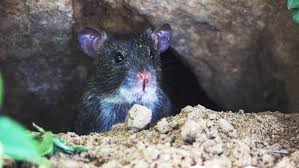
The best tip you can follow to preventing rats on the farm is to be pro-active instead of re-active. By implementing a few easy to follow tips ahead of time, you won’t have to worry about a rat infestation at all -instead, you can focus on growing and producing all the food your family could ever need!
